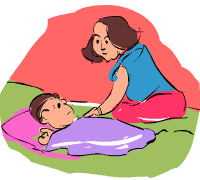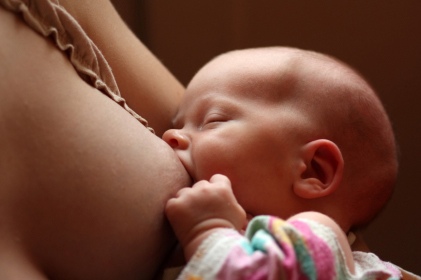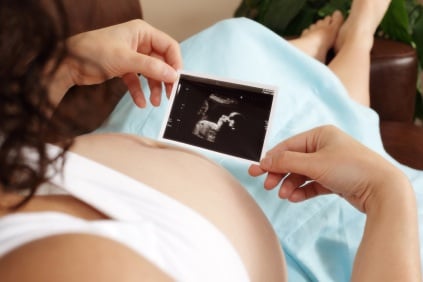New-borns have an extremely sensitive skin that often breaks into a rash at the slightest opportunity.
Nappy rashes:
Nappy rashes are one of the most common ailments, are characterised by an inflammation in the diaper area.
Causes of nappy rashes
- Water, urine and/or faeces retained inside the diaper. Earlier it was thought that these rashes are caused by ammonia created by the bacteria acting on the urine. However, it has now been proved that it is the urine that causes the rash.
- Allergy to soap powder or fabric conditioner used to wash nappies.
- Thrush, an ailment, which normally starts in the mouth, but can spread through the body and affect the skin around the anus.

Rashes [Illustration by Shiju George]
- Use plain water to clean the rash area. Don’t use soap or diaper wipes, as they could be irritating.
- Dry the baby’s bottom completely before putting on fresh nappies.
- Use an extra-absorbent liner inside the diapers.
- Apply petroleum jelly or any diaper ointment on the area.
- Do not use plastic panties over nappies until the rash has disappeared. They will prevent air circulation around your baby’s bottom and delay the healing process.
- Try to leave the child diaperless for as long as possible in a day. If the rash is slight, just air-drying would cure it in no time.
- Look for white patches inside your baby’s mouth. If you see any, she may have thrush.
Call the doctor
- If the rash lasts longer than two days.
- You think your baby has thrush.
Other Rashes that babies tend to develop:
- Erythema toxicum appears as red patches of ½ inch or ¼ inch in diameter on the face and different parts of the body. Though quite common, it is not yet known what causes them. They usually appear on the second or third day of life and disappear on their own.3) Milia are shiny white pimples on the nose and face that look like small pearls on the skin. These are actually oil packets created by the oil glands in the skin and are yet to be opened. The pimples disappear after the oil packets open on the skin and this process could take weeks, or even months.
- Seborrheic rashes are recognised by their exceptionally bright red colour and appear usually behind the ear or on the neck. They get difficult to handle when they affect areas between folds of the baby’s neck or other parts of her body and can be cured by a steroid cream. Contact the doctor if you notice a seborrheic rash.
- Sucking blisters appear on the lips, fingers or wrist of some babies, who suck their fingers inside the mother’s womb. These blisters peel and disappear on their own.
- Peeling of skin is usually seen in post-term babies, it is harmless and nothing needs to be done.
- Mongolian spots appear as small, bluish patches on the buttocks and on the trunk. They are entirely harmless and usually disappear by the first birthday.
- Prickly heat looks like tiny pimples surrounded by patches of pink skin. These rashes, which are sometimes covered by tiny blisters, do not bother the child and go away eventually. You can treat it by patting it with bicarbonate of soda solution (add one teaspoon bicarbonate of soda in one cup of water to make the solution) several times a day. You could also try dusting it with cornstarch powder. Do not use talcum powder, as it could irritate the lungs if the child inhales it accidentally. And, above all, try to keep the baby cool.










